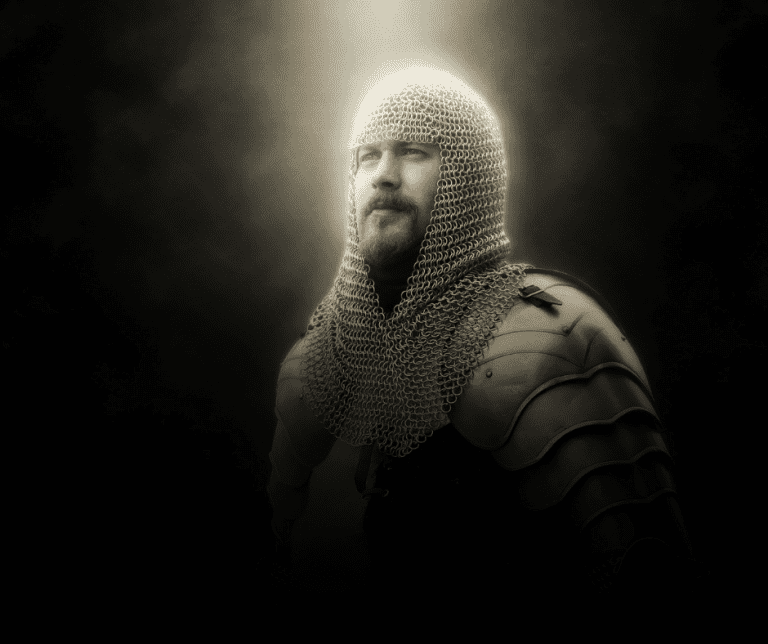Characters are one of the best assets in your story. They can be the most likable, interesting, and even colorful characters, but how do you make them leap off the page, draw a reader in and really make them care about what happens to your protagonist?
Well, if you can adequately explore what drives that character to achieve, what obstacles that might stand in their way, and what sacrifices they may have to take to reach their goal, you generally take the reader along for the ride, too.
They get swept up in all that angst, rumination, striving, and driving, that they become completely engrossed both in the character and the plot. The bumpier you make their road, and the more potholes they have to avoid, not only will you give the character motivation, but the reader too, to find out what happens next.
Let’s take a look.
What is character motivation?
Everyone has intrinsic motivations. And they aren’t always all positive ones. Character motivations can be unhealthy, dark, convoluted, twisted, or positive, life-affirming desires that better one’s life and those around them. But they are what drives a character’s behaviours and actions in a scene or story.
The more believable those motivations are, the better for the plot and the reader. However, motivations can also be fluid. Goals change and conflicts emerge and resolve. In the same way, your character should adapt to their circumstances but continually be seeking for something in your plot to keep tensions and conflict (the stakes) high.
What makes character motivation important?
Motivation is one of those elements in your storytelling that can make or break your plot. If you write a story with a protagonist that has no real pressing desire or goal, it can make the story seem flat, slow, and boring.
John Eldredge wrote, “Deep in his heart, every man longs for a battle to fight, an adventure to live, and a beauty to rescue.” Give your characters that complexity, and you will totally win over the reader.
Dig deep into what motivates your protagonist and even your secondary characters, flesh them out and they will present as three-dimensional, fully formed people that engage and excite your reader.
Types of character motivation
Everyone has intrinsic motivations that revolve around what American psychologist Abraham Maslow described as our “Hierarchy of Needs”. In this hierarchy, people are motivated to fulfill basic needs before they move on to more advanced ones. These needs include the following:
Physical: these are the things you need purely to survive like food, water, clothing, shelter, and sleep.
Safety: once we have our physical needs met, personal, financial, emotional and physical safety become important.
Social: love and acceptance from our family, friends, community and intimate relationships are next on the hierarchy.
Self-esteem: once we feel valued, we want to become personally or professionally fulfilled and accomplish something greater. This is where respect from others and personal worth come into play.
Self-actualization: this stage focuses on our own growth and purpose, and less on what others think.
Whatever motivations you use, keep them realistic. The lower the character’s needs are on the scale, it becomes more important that they are just getting by. You would, therefore, cover those more basic needs before self-esteem or self-actualization. So, if your character is focusing on high-order needs, but has no job or shelter, that might appear unrealistic.
Internal vs. External Motivation
There are many reasons your character might be motivated, but there are really just two types: external and internal.
Internal motivations come from a choice a character has made, whereas external motivations are driven by factors outside the character’s control.
Internal motivations are usually higher up the hierarchy of needs (growth, love, morals, self-worth, etc.) whereas external are lower, like food, survival, peer pressure and acceptance.
Some characters can have both pushing them forward, and they can also conflict with one another.
How to create your character’s motivation?
One of the most important aspects of motivation is believability. If the character’s motivation makes little sense, it can be very hard for a reader to engage, appreciate, or value the character or the plot. Motivations should allow a character to have flaws, mistakes, and regrets. And they can also be fluid, evolving and changing as situations change.
Contemplate each character and assess how you can weave external and internal motivations into the plot to help drive it forward. Don’t forget about your villains and what motivates him/her.
Use plot twists and backstory to help weave some of the character motivations into the plot. You can complicate things, keep it unpredictable and mix it up, just like in real life.
RELATED: The Goal Related to Plot of Fiction Writing
Conclusion
Motivation is your character’s why. It’s not the goal, it’s about why he or she is going in a particular direction. Without a true motivation, the character is unlikely to overcome anything or compel the reader to keep going and remember that character forever.
Who can ever forget the scheming Scarlett O’Hara in Gone With the Wind, and her motivations in pursuing Ashley, then Rhett, and finally her determination to survive and run her entire plantation? Paint a Scarlett, full of desire and motivation, and you just might write a classic.
If you need further help to develop good characters in your story, please see our blog on Characters in Motion.
And remember, if you are seeking an editor, consider our editing services.



















